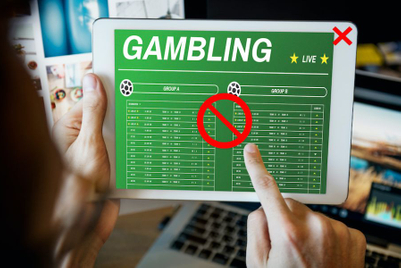
Who hasn’t looked into the mirror late on a Sunday night and admitted that they have spent way too much time—again—playing Candy Crush or Clash Royale?
A billion hours each month are spent playing mobile games, according to a study by Verto Analytics, and gaming now ranks second only to social media in terms of phone activity. Furthermore, while gaming used to be more of a male domain, the average split between male and female mobile game players is now 50:50.
All of this adds up to a massive opportunity. Mobile gaming is at a pivot point, and this is an ideal time for mobile game companies both to start pursuing real brand strategies and to reach out to other brands to create new business models.
Many free-to-play (F2P) mobile game developers have, in the past, focused on developing as many different titles as possible, seeing which games work out and then launching the most successful ones on a broader scale, shelving them when they stop performing well. Almost none of the mobile games launched over the last five years have been connected to each other, whether through a shared story or a real product brand-building strategy.
This is starting to change. We are now seeing a shift towards a stronger ‘owned’ brand strategy among mobile game makers. Rovio’s Angry Birds is a great example of how successful such a strategy can be. It got it right early on: Angry Birds merchandise licensing and intellectual property accounted for 45 percent of its overall revenue as far back as 2012. Supercell, one of the leading Western game makers, has also started to own its own strategy: when it released the real-time multiplayer game Clash Royale recently, it incorporated known ‘brand’ elements from another of its games, Clash of Clans, to help establish itself and its characters as a living brand identity.

In the next phase of gaming we will also see new monetisation strategies opening up. The F2P business model has a weakness: only around 2 percent to 3 percent of players in the West actually pay for their games, according to Swrve. In the past, F2P game providers focused on making money by increasing the average revenue per user of the paying players and offering display advertising space. Brand partnerships may bring a new income source: chocolate maker Glico, for example, teamed up with mobile app provider Colopl in 2016 for two of its most popular (by revenue) mobile games in Japan, offering limited edition branded characters for the games based on Glico chocolate products. This included a limited edition package design that featured collectable character cards. The product sold out in record time and extended the brand experience online.
Pokémon Go offers another example of successful brand collaboration. The mobile game, which was the hit of 2016, does not rely mainly on in-app payments, nor does the gameplay evolve around this. Instead, it puts its focus on the social experience and actively involves brands like McDonald’s as key sponsors offering new branded experiences to players.
So whether you’re a brand owner or a game maker, this is the year to get a date with the other on your dance card to drive your marketing mix.
|
|


 Marco Koeder is digital business director at JWT Tokyo.
Marco Koeder is digital business director at JWT Tokyo..jpg&h=334&w=500&q=100&v=20250320&c=1)


.png&h=334&w=500&q=100&v=20250320&c=1)



.png&h=334&w=500&q=100&v=20250320&c=1)

.png&h=334&w=500&q=100&v=20250320&c=1)







